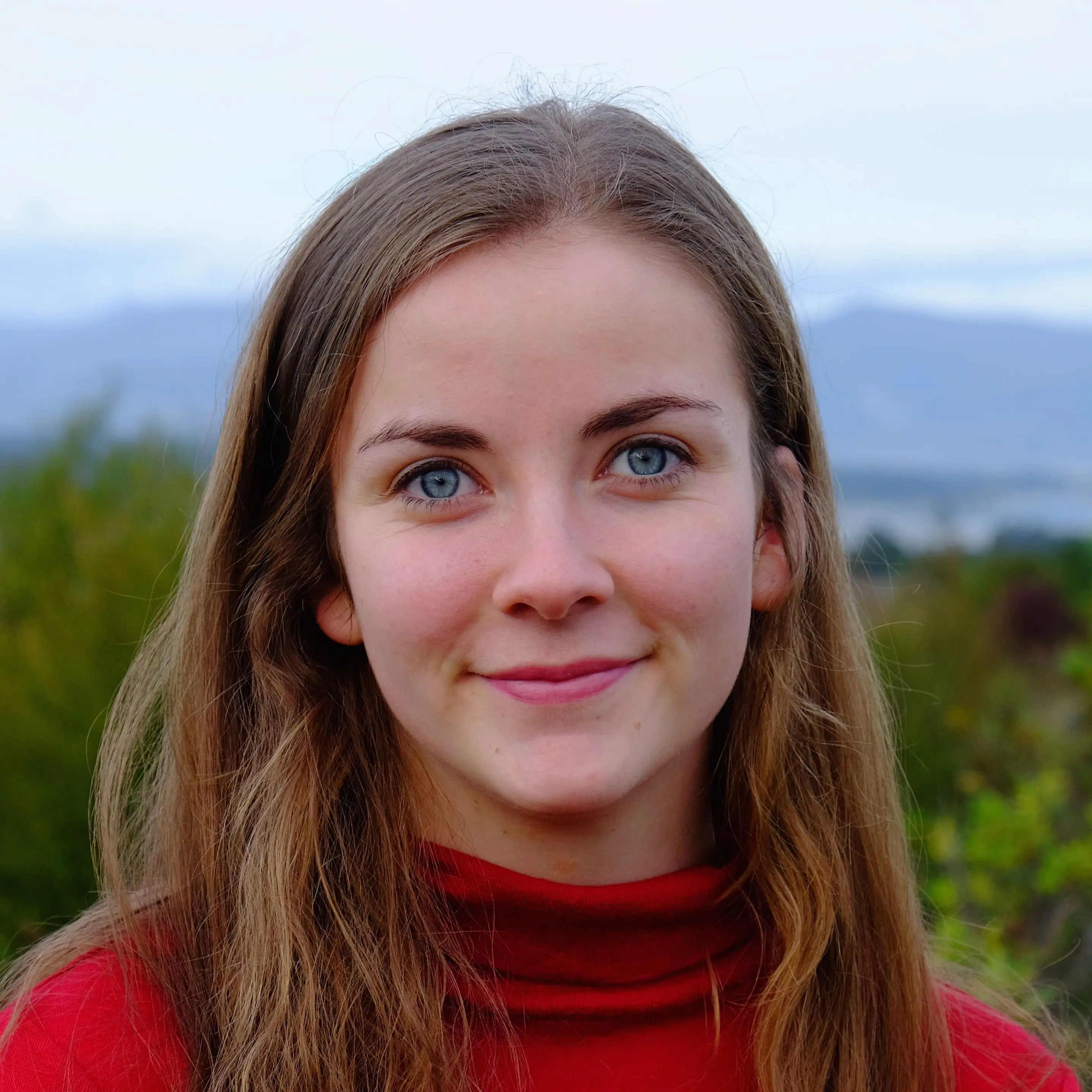Before travelling to Rangitoto, Sam and I were briefed by DOC staff about the history and context of the island. Specifically, we were given some insight into the relationship of local Iwi and role of biosecurity. Rangitoto and Motutapu are islands that attract a huge number of people. Therefore, the government and DOC face the familiar dilemma between enjoying and utilizing our environment and conserving it. As a Law and Politics student, I appreciate the very real and direct relationship between the policy making process and how it aids or limits conservation work. Throughout this experience I will continue to wonder how we can balance the challenges, delays and ever changing nature of bureaucracy with pursuing sustainable development.
The next morning, we took the first ferry to Rangitoto. The island’s silhouette is memorable and impressive, a summit that sings of its volcanic past covered by thriving pohutakawa forests. A greeting from Hazel, our DOC Ranger and a bumpy drive across gravel roads negotiating the volcanic rock takes us to Motutapu. An island as different to Rangitoto as night and day, despite the tiny causeway that forms their separation. Rolling farmland hills with pockets of native bush, most of which has been volunteer planted, makes Motutapu a familiar picture for New Zealanders. However, its isolation as an island and status of pest free means that everywhere you look there is an abundance of bird life. Our accommodation for the next two and a half weeks was to be the Blue House, a DOC Hut and classic Kiwi bach hybrid it becomes a homely base for volunteers coming and going. We settle in and then are given the show around the island by Hazel. From most points on the island you have a view of the blue sea of the Hauraki Gulf, and often a unique perspective on Auckland city. The hustle and bustle of the city in the distance a stark contrast to life on the islands.
For the following day or two, we had the pleasure of being driven by Hazel to some of the further points of the island and we begin to build a picture of what life on the island is like. A key task for Hazel and the volunteers is shore plovers – a small coastal species of which only 200 remain in isolated populations, on the Chatham Islands and here at Motutapu. Hazel cares for some young adults preparing for release in aviaries, while those already released we visit on the many beaches around the island. Another species regularly focused on is the Takahe, radio telemetry used to keep tabs on the 18 resident birds. All the Takahe are named, many of which by local Iwi, although one or two have quirky names given by previous carers etc. Among which are Charlie, Bradshaw, Emelius, Bon and Jovi. A key struggle for the Takahe population on the island appears to be producing infertile eggs. Therefore, if a Takahe is nesting, the eggs are candled to see if they are likely to produce a chick. If not, the eggs may be removed to encourage the Takahe to invest in a new nest rather than pursue inevitable disappointment.
I have so far enjoyed the grounding nature of the practical work that I think is so necessary when studying law and politics in the NZ context. At a time when environmental issues are very present, we cannot afford to have leaders and decision makers who are detached from the reality of these efforts. This experience only emphasizes further the importance of effective collaboration towards combating issues of conservation.


Sophie Ross
BLAKE DOC Ambassador 2016


